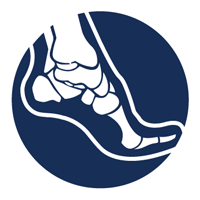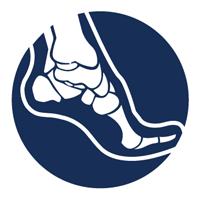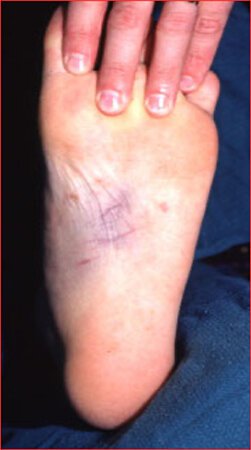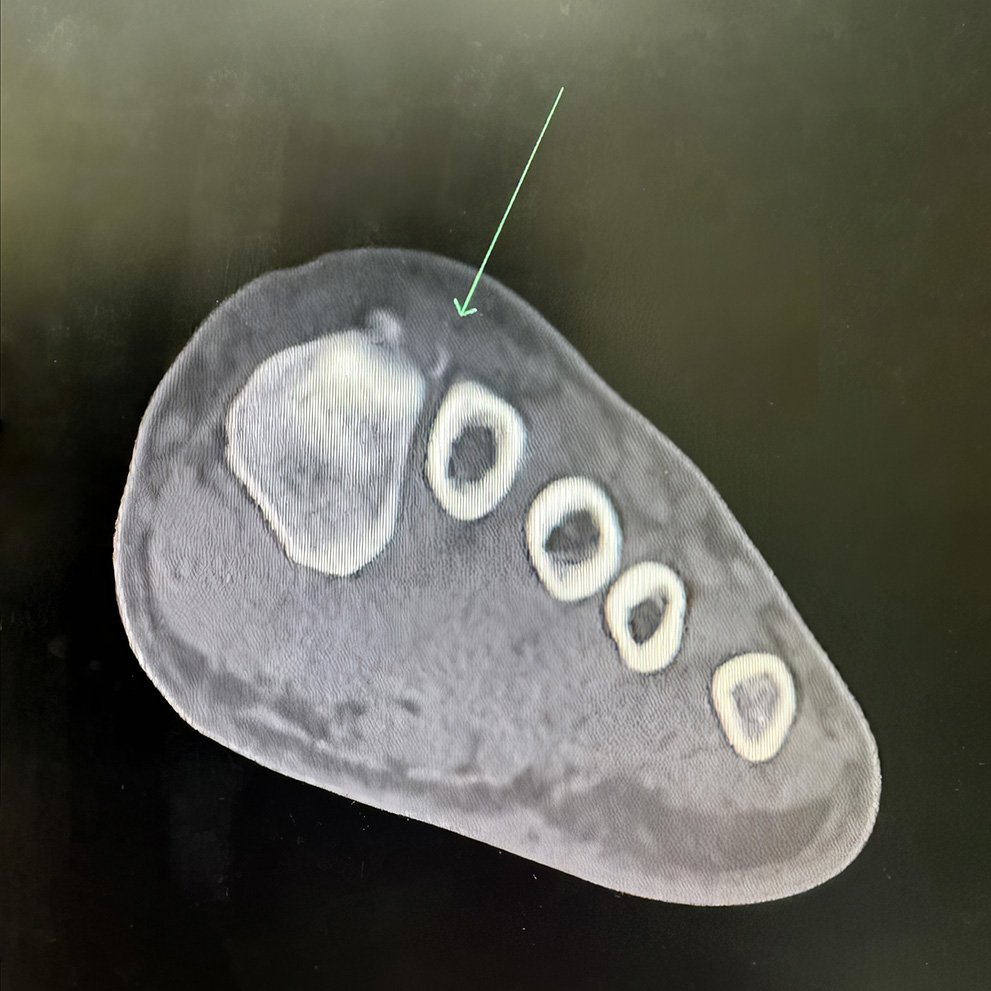What is a Lisfranc Injury?
An injury to the midfoot is called a Lisfranc injury. This type of injury is caused by either fractures of the midfoot bones or damage to the ligaments of the midfoot. If not diagnosed and treated properly, it may lead to long term health effects such as issues walking and arthritis.
The Lisfranc ligament is an important ligament that connects the bones of the foot to the second toe (medial cuneiform to the second metatarsal). The ligament’s main role is to stabilise the second toe and maintain the natural foot arch and furthermore important nerve and blood vessels also run near its position in the foot.
Lisfranc injuries are often mistaken as merely sprains of the foot and the condition maybe overlooked as something that will heal over time with little or no intervention. However, damage to the midfoot is often a severe injury and may involve multiple bones and/or ligaments of the midfoot which may require surgical intervention and prolonged healing time.
What are the causes of Lisfranc Injuries or Midfoot injuries?
Falling and twisting of the foot or falling over the top of the foot is a common cause of Lisfranc injuries. The low-energy nature of the fall is usually why injuries are often mistaken for a sprain. Tripping over a hole in the ground is a common example of how Lisfranc injuries are caused.
Lisfranc injuries are common in athletic and sporting activities such as football where a player might get kicked at the bottom of the foot or jump and land on a foot that is plantar flexed (like the shape of a high heel shoe). Other sports such as snowboarding and windsurfing that has the foot fixed with bindings over the midfoot as also at risk.
Trauma from heavy objects falling onto the midfoot, motor vehicles accidents, landing on the foot while falling from a significant height, and other types of industrial accidents can also cause Lisfranc injuries.
Lisfranc injuries can be very subtle and easily missed. While the X-ray may look normal, an orthopaedic surgeon will be able to tell if you have an injury. If you have an ankle sprain or injury that doesn’t heal or settle in 2 weeks, contact a foot specialist.
Bruising on the underside of the foot is one of the hallmark features of Lisfranc Injuries.
X-Ray Images of Lisfranc Injuries
Do Lisfranc Injuries get worse?
Lisfranc injuries may be missed and treated as a simple sprain. If first aid interventions of rest, ice, and elevation do not improve pain and swelling, it is advised to seek medical attention as you may have sustained a Lisfranc injury.
Without intervention, untreated Lisfranc injuries may result in long-term disabilities with flatfoot deformity and arthritis.
What are some symptoms of Lisfranc Injury?
Severe pain and tenderness in the midfoot area which gets worse when trying to weight bear, stand, or walk is the most common symptom of Lisfranc injuries. If you wrap your hand around the top ankle area of the foot, that is about the midfoot area.
You may experience bruising on both top and bottom of the foot and swelling on the top of the foot. If there is bruising on the bottom of the foot, especially on the inner side (big toe side) it is highly likely you have sustained a Lisfranc injury.
Because of the proximity of important nerve and blood vessels in the midfoot area, you may experience numbness and weakness of movements in the foot that may extend to the leg. If this is the case, it is advised to seek medical attention urgently.
How are Lisfranc Injuries diagnosed?
Diagnosis of Lisfranc injuries are made by a combination of both a medical examination and imaging such as X-Ray, MRI, or CT scan.
At the medical examination, the orthopaedic specialist surgeon will look for signs of bruising, swelling, and then feel for areas of swelling. He/she may have to elicit pain specific to the midfoot by twisting the front of your foot or moving your toes up and down.
You may also need to walk a short distance and stand-up so the specialist can access your posture and gait. Furthermore, you may have to perform a heel lift and try to stand on your tiptoes as this may elicit pain in more subtle injuries.
The orthopaedic specialist surgeon will then order X-ray imaging of your foot. This will show any fractures or displacement of the foot bones. Depending on the cause of your injury, the orthopaedic specialist surgeon may order additional imaging tests such as magnetic resonance imaging (MRI) or computed tomography (CT scan) to determine the extent of the injury.
How can Lisfranc injuries be treated?
If there is any breakage of bones, completely torn ligaments, or abnormal placement of the foot bones, then surgery is the recommended treatment for Lisfranc injuries. Non-surgical treatments (conservative management) can be used for some cases where the bones are non-displaced and have a good chance of union without internal fixation.
Surgery for Lisfranc injuries involve internally inserting screws or plates to re-join broken bones or completed damaged ligaments (internal fixation surgery). For more severe injuries where the damage to the midfoot cannot be repaired, the surgery involves fusing the damaged bones together. Unfortunately, this means that the midfoot has a diminished ability to weight bear and the front foot has to compensate. Despite losing some of the midfoot ability, patients who undergo this type of surgery may have retain a relatively normal gait.
What are surgical treatment options for Lisfranc Injuries?
Open reduction and internal fixation (ORIF) in addition to ligament repair surgery can be used to treat Lisfranc Injuries. This may include use of plates and/or pins to restore the position of fractured bones.
If swelling of the foot is severe and is not suitable for ORIF, temporary pinning of the bones may be used although permanent fixation will still be needed when swelling has subsided.
In cases of severe injury or when it is unlikely normal union will be achieved with ORIF, arthrodesis may be considered.
Read our article on Lisfranc Injury Surgery.
Here’s what to do next…
Research your condition and treatment options
We provide extensive information about Lisfranc Injury Surgery on our procedures page.
Do further research and contact us with any questions you may have.
Book a consultation with Associate Professor Roderick Kuo
Prior to your appointment, please obtain a referral from your General Practitioner. This will allow you to claim a Medicare rebate on the consultation fees.
Call or email our team at Specialty Orthopaedics to book your consultation.
Important: Information is provided for guidance only. Individual circumstances may differ and the best way to approach a condition is by individual medical consultation where a specialist can tailor a treatment plan to suit your needs.
Edited by Dr Roderick Kuo
Last updated: 5/5/24







